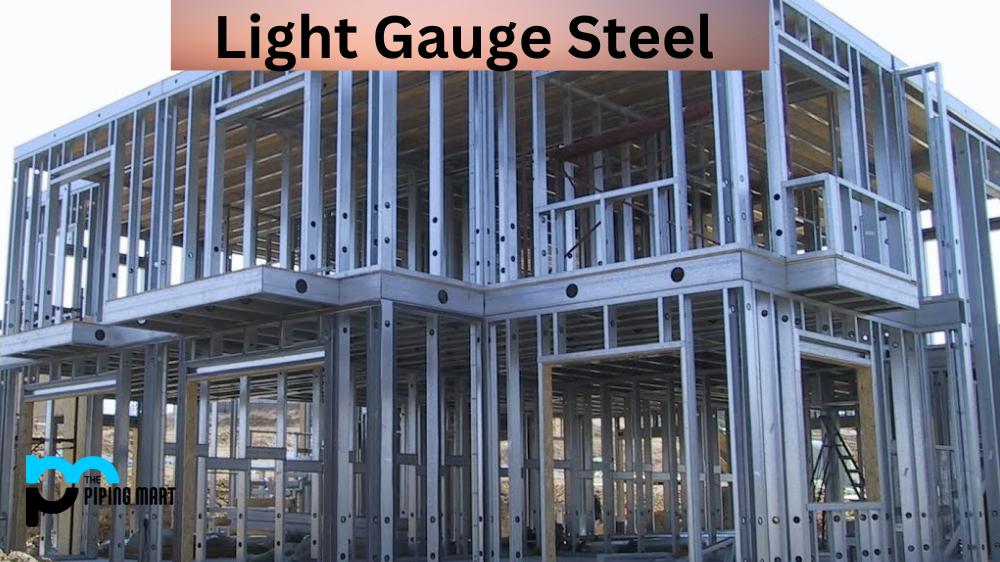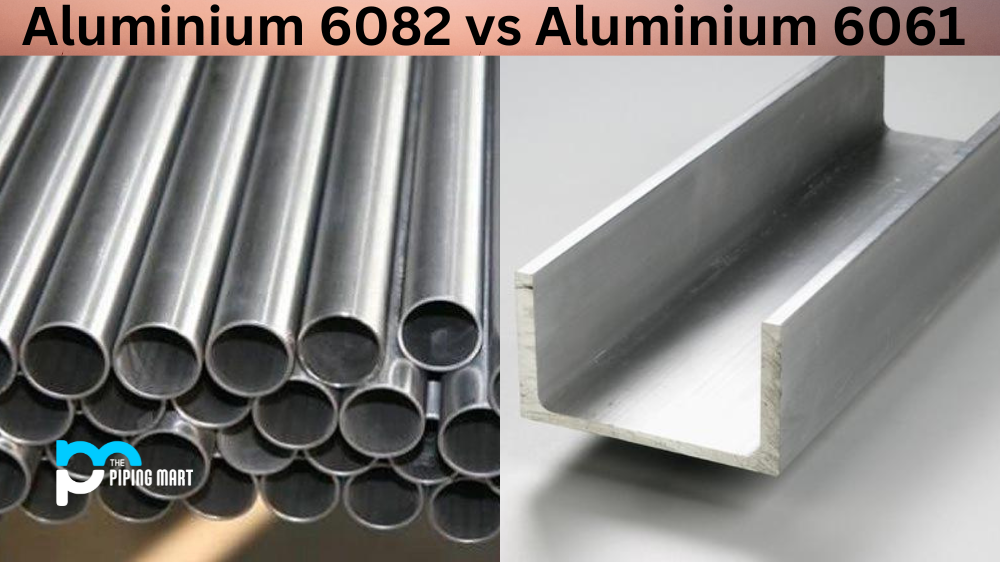For those who are unfamiliar with light gauge steel construction, wall studs play a vital role in the overall stability of the building and its ability to remain standing. Understanding the importance of wall studs can help you make informed decisions when constructing or renovating your home or business. Let’s take a closer look at why wall studs are important and the differences between light gauge steel and other construction materials.
What is Wall Studs?
Wall studs are vertical pieces of metal that provide support to walls and ceilings in light gauge steel structures. They are placed horizontally across a top plate, bottom plate, and intermediate support plates along the length of a wall or ceiling. Wall studs can be made from various types of metal, including carbon steel, stainless steel, aluminum, and galvanized steel. The choice of material used depends on the structure’s intended use as well as desired strength and durability requirements.
Advantages of Light Gauge Steel Construction
Light gauge steel construction offers several advantages over traditional wood-frame construction methods. Light gauge steel is stronger than wood, providing greater structural integrity and stiffness for larger structures such as multi-story buildings or warehouses. It is also more resistant to water damage, fire damage, and corrosion than wood-frame construction materials. Additionally, because light gauge steel does not require extensive labor for installation or maintenance, it is typically less expensive than wood-frame construction methods.
Light Gauge Steel vs. Wood Frame Construction
When comparing light gauge steel vs. wood frame construction, there are several key differences that should be considered before making a decision on which method to use for your project. First off, while both materials offer similar levels of structural strength, they have different properties when it comes to fire resistance; while some types of lumber can offer good fire resistance ratings, light gauge steel typically provides superior protection against fire damage due to its non-combustible nature. Additionally, light gauge steel walls also provide better insulation due to their higher thermal mass, which helps reduce energy costs associated with heating or cooling a building or home. Finally, light gauge steel is typically more cost-effective due to quicker installation times since no additional labor is required for cutting boards or assembling frames like with traditional wood framing methods.
Conclusion
In conclusion, understanding the importance of wall studs in light gauge steel structures can help you make an informed decision when deciding on which type of material you want to use for your next project. Not only does light gauge steel provide superior protection against fire damage, but it also offers lower energy costs due to its higher thermal mass rating as well as faster installation times compared to traditional wooden framing methods making it an ideal choice for any project requiring strong structural integrity at an affordable price point! Thanks for reading!

A passionate metal industry expert and blogger. With over 5 years of experience in the field, Palak brings a wealth of knowledge and insight to her writing. Whether discussing the latest trends in the metal industry or sharing tips, she is dedicated to helping others succeed in the metal industry.




